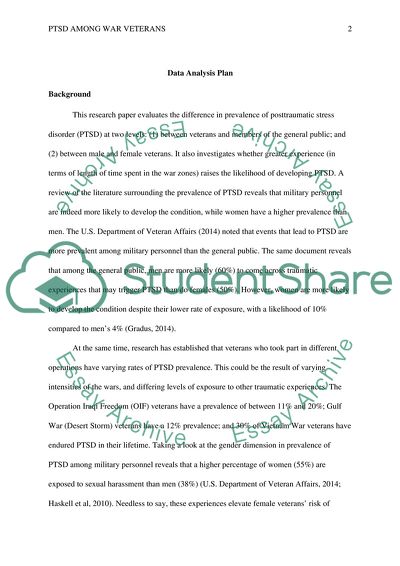Cite this document
(“Research Paper to included Data Analysis Plan Example | Topics and Well Written Essays - 1750 words”, n.d.)
Research Paper to included Data Analysis Plan Example | Topics and Well Written Essays - 1750 words. Retrieved from https://studentshare.org/statistics/1697658-research-paper-to-included-data-analysis-plan
Research Paper to included Data Analysis Plan Example | Topics and Well Written Essays - 1750 words. Retrieved from https://studentshare.org/statistics/1697658-research-paper-to-included-data-analysis-plan
(Research Paper to Included Data Analysis Plan Example | Topics and Well Written Essays - 1750 Words)
Research Paper to Included Data Analysis Plan Example | Topics and Well Written Essays - 1750 Words. https://studentshare.org/statistics/1697658-research-paper-to-included-data-analysis-plan.
Research Paper to Included Data Analysis Plan Example | Topics and Well Written Essays - 1750 Words. https://studentshare.org/statistics/1697658-research-paper-to-included-data-analysis-plan.
“Research Paper to Included Data Analysis Plan Example | Topics and Well Written Essays - 1750 Words”, n.d. https://studentshare.org/statistics/1697658-research-paper-to-included-data-analysis-plan.


